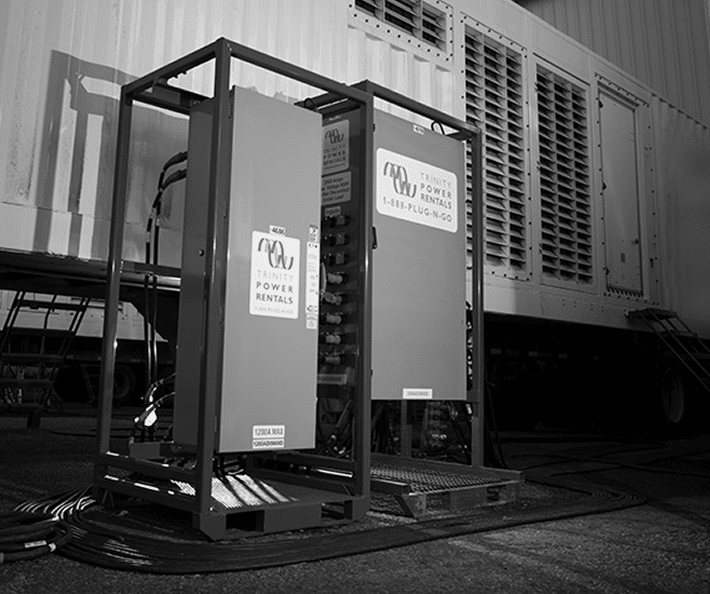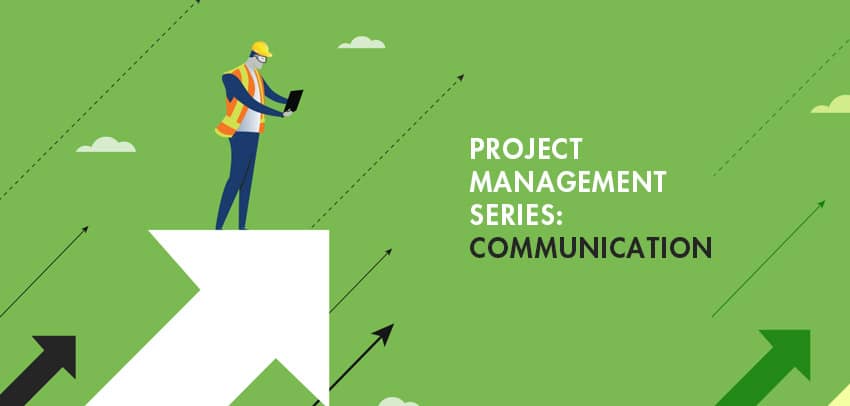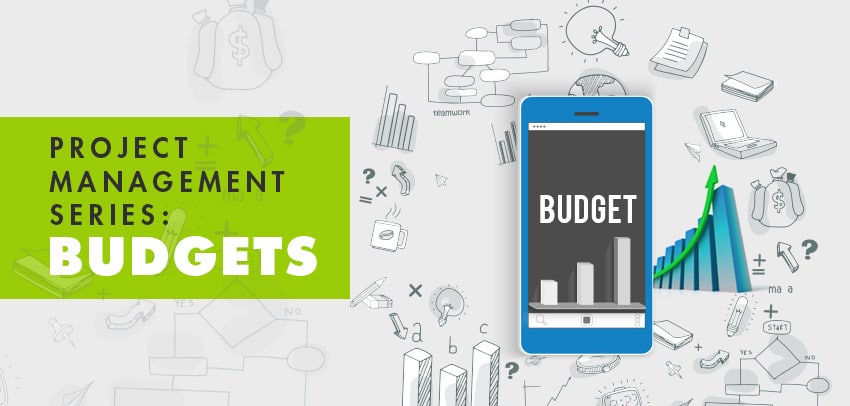- OUR APPROACH
-
COMMITTED TO YOUR SUCCESS
Our approach, developed over decades of experience, is fine-tuned to get the results you want.
We deliver concept-to-completion solutions, designed by temporary power specialists with access to the largest inventory of high-quality power generation and distribution equipment in North America.
-
- Equipment
-
RENTALS
From a wide range of diesel and natural gas generators to transformers, cable, light towers and more, our large rental fleet and extensive vendor network ensure we’ll have the temporary power equipment that your project requires — every time.

-
- Industries
-
INDUSTRIES WE SERVE
For nearly 20 years, we have been at work powering projects across Canada’s industrial sectors.
Select from this sampling of industries to learn how we can put our expertise to work for you.
VIEW ALL- Projects
- About
-
A PROUD HISTORY. A BRIGHT FUTURE.
From our inception in 1998, we have been building our team on a foundation of excellence. Our team members’ passion, expertise and commitment are what have allowed us to grow into a national company with projects across Canada.
Click on the links to learn more about our history, our team or our career opportunities.
- Blog
- Contact
-
Nothing can overshadow an otherwise successful project like a later-than-anticipated completion date. With all the moving pieces involved in a project, it’s not always possible to avoid going overtime, but luckily, there are several tools and strategies that make sticking to the timeline a much more achievable goal.
In the last article in our project management series, we covered communication: the vital role it plays in project management, and ways to ensure it is being done effectively.
This month, we’ve asked our project management experts to weigh in on timelines: how they keep things on track, and on time.
Materials and Manpower
“One of the big things is usually materials,” explains Pete Jensen, an industrial project manager and estimator at Houle Electric. “If there are materials that are long-lead items, we try to capture those items early in the project so we make sure we don’t have any delays later on when we need them.” Ensuring that materials are ordered early enough is only one part of the equation, though. As always, communication is a vital component. Jensen explains that he always makes sure that the foreman has a copy of the purchase order for any materials that will be arriving on site. “I’ll have an expected delivery date, so he can expect when it’s going to be arriving on site.” That way, if something doesn’t show up on time, Jensen will know right away and will be able to follow up or chart a new course of action.
While having the right materials at the right time is critical, that effort is wasted if you don’t have enough manpower. “We’ll make a manpower chart at the beginning of the project,” says Jensen, “and if a bunch of unexpected work comes up, then we can take a look at that to see if we need to get a couple of extra guys on site, to make sure we’re keeping our dates.”
The Right Scheduling Tool For the Job
Each of the project management experts that we spoke with uses different tools, in different ways, to manage their project timelines. From extremely complex projects to straightforward ones, these tools each offer unique advantages.
Salesforce
Nick Foster, a senior project manager at Trinity, does 95% of his timeline management in Salesforce. “It allows us to keep track of when things are shipping out,” he explains. “When the equipment has shipped, I’ll make another task to make sure the customer is happy.” Foster uses the task function heavily, to ensure he is taking care of every step of the process. “We’ll make tasks a couple months out,” Foster says, “always making sure, once we’ve completed a task, that we’re creating a new one for the next step.” There is always a next step, says Foster, and creating a task for each not only documents which steps you have completed, but acts as a reminder for the steps not yet completed, ensuring that deadlines are met, and that everyone is happy.
Primavera P6
Frank Wimberley, a project director in the oil & gas sector, uses different tools, depending on the complexity and scope of the project. For very large, complex projects, he favours Primavera P6. “It’s industry standard for very large projects because of its ability to integrate lots of different tasks and disciplines together,” Wimberley explains. With its capacity of up to 100,000 activities for a project, Primavera rates high on functionality. However, as Wimberley explains, “It’s a real monster to use.”
To streamline things with this program, Wimberley designates a scheduler. “His or her job is to run the schedule and get weekly updates from the team, then put those into the schedule. Keep it updated.” From there, the project manager can look at the information and determine what is going on, and what needs to happen next to keep things running smoothly.
MS Project
For mid- to large-sized projects, Wimberley uses MS Project, Microsoft’s project management software. Microsoft boasts that the program “helps you get started quickly and execute projects with ease” with its “built-in templates, familiar scheduling tools, and access across devices.” Wimberley agrees that MS Project is significantly more user-friendly than Primavera, though the tradeoff is in decreased functionality.
Spreadsheets
For smaller projects, as well as earned value tables (which we will cover in next month’s budget-focused installment), Wimberley’s project managers rely on the tried and tested spreadsheet, creating colour-coded sections for the day or the week. “They use all sorts of fancy colours to show different things happening,” Wimberley muses, “but it’s got zero functionality in terms of showing you how you’re doing on schedule.” This means that, while all the information is in the spreadsheet, it’s entirely up to the project manager to decipher what that information means in terms of staying on track. The tradeoff is that spreadsheets are very user friendly. “They’re easy to setup, easy to look at, and pleasing on the eye,” says Wimberley.
Communication Is Still King
Regardless of how well you manage your timelines and how effective your scheduling tools are, sometimes things will fall behind. That’s where good communication comes into play. “Something I try to convey to project managers is the concept of the project management high ground,” says Wimberley. “If you’re not communicating, then it’s very difficult to push back,” he says of client requests. “Once you’re on the back foot, it’s very difficult. You become a change taker rather than a change maker.”
Conversely, on the high ground, “Even if you’re behind schedule, you’ve communicated why you’re behind schedule, and what you’re doing to catch up.”
That means more control over what accommodations you end up making, a better relationship with your client, and, ultimately, the best chance for a successful project.
Related Articles
Subscribe for Access to Exclusive Content
Get insider updates, industry news, special equipment offers, and expert tips—directly to your inbox.
"*" indicates required fields




















